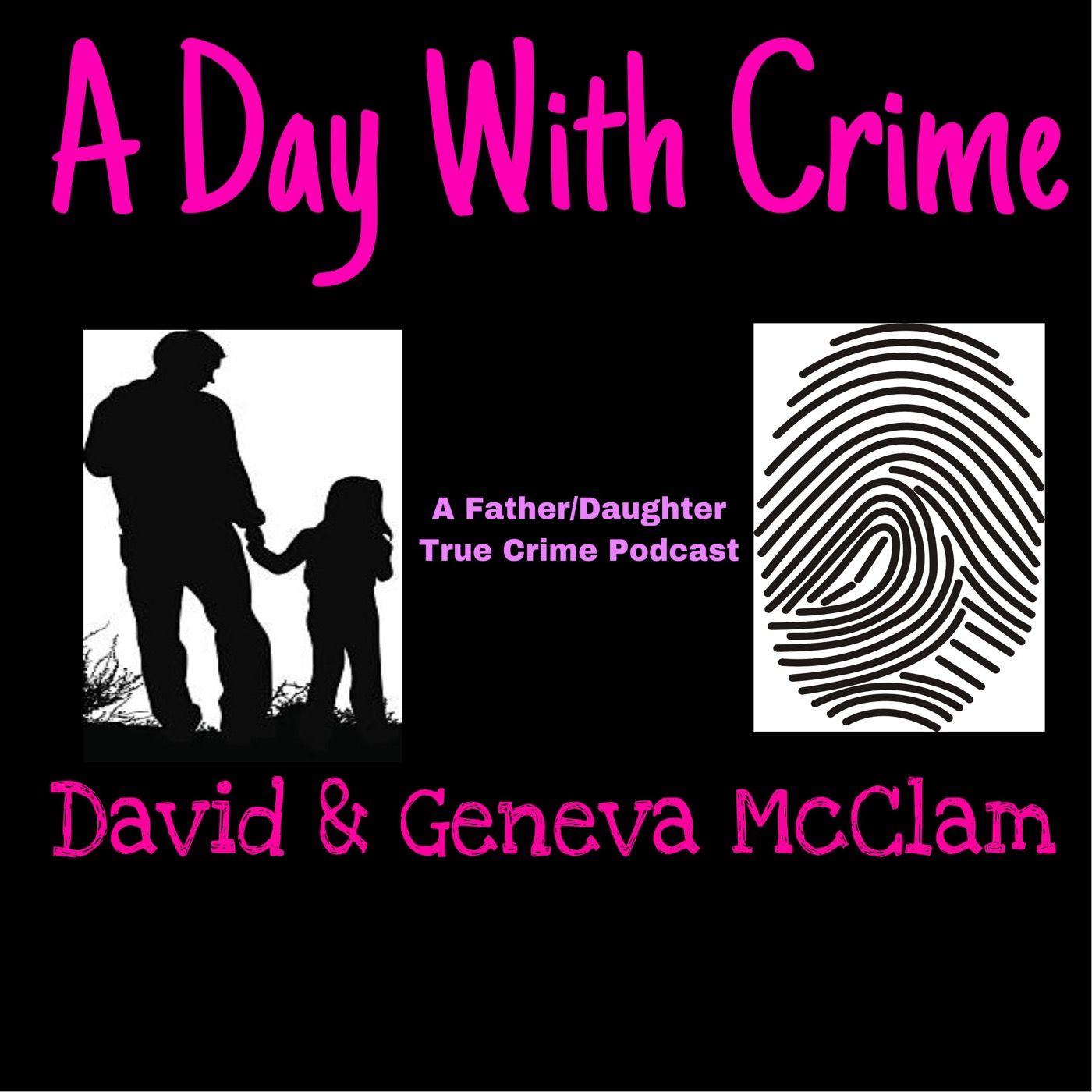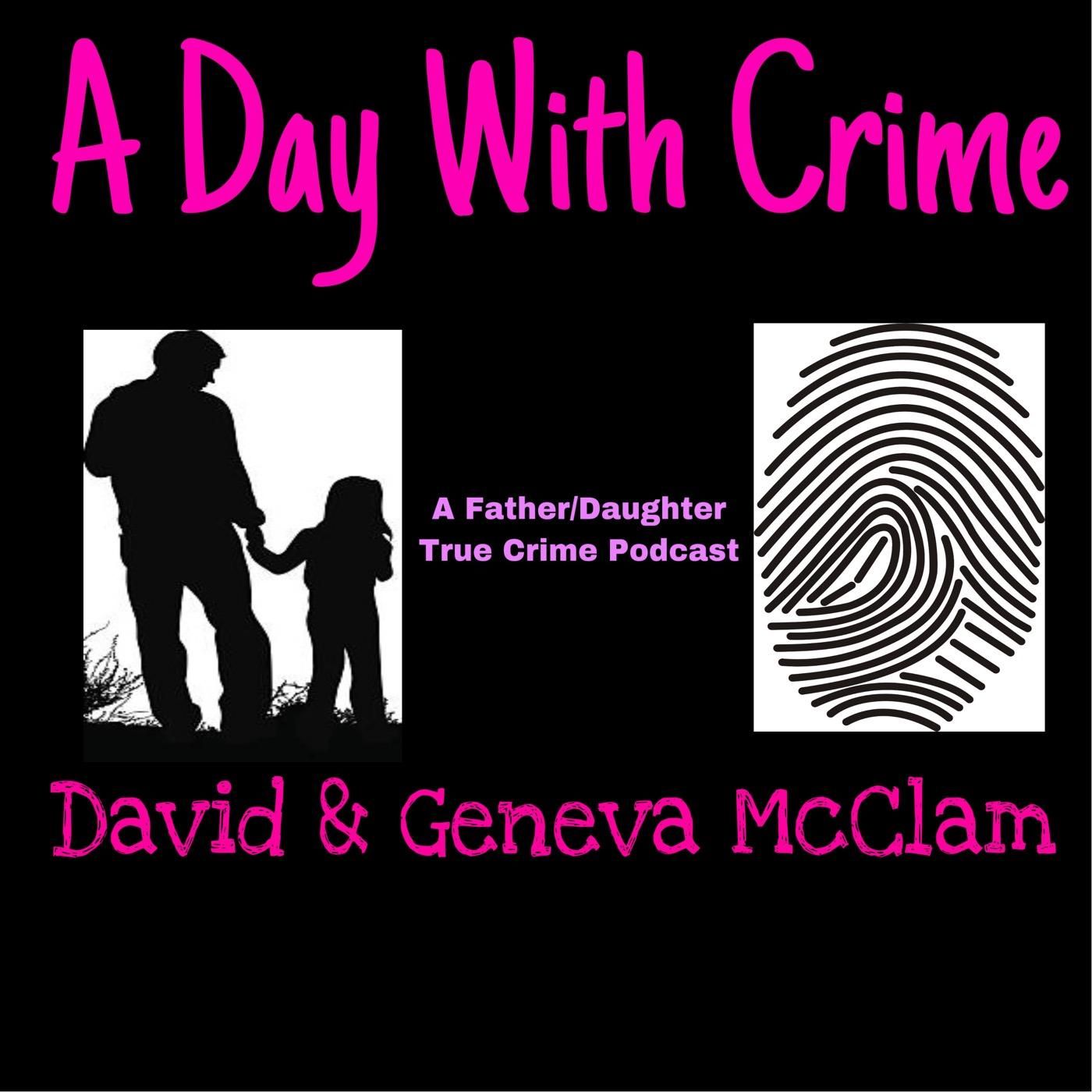Black History fact #4: Mary Mahoney

Eager to encourage greater equality for African Americans and women, Mary Eliza Mahoney pursued a nursing career which supported these aims. She is noted for becoming the first African American licensed nurse.
Mary Eliza Mahoney was born in the...
Eager to encourage greater equality for African Americans and women, Mary Eliza Mahoney pursued a nursing career which supported these aims. She is noted for becoming the first African American licensed nurse.
Mary Eliza Mahoney was born in the spring of 1845 in Boston, Massachusetts. The exact date of her birth is unknown. Born to freed slaves who had moved to Boston from North Carolina, Mahoney learned from an early age the importance of racial equality. She was educated at Phillips School in Boston, which after 1855, became one of the first integrated schools in the country.
https://en.wikipedia.org/wiki/Mary_Eliza_Mahoney
DON'T FORGET TO RATE, COMMENT AND SUBSCRIBE
Join us on social media
Visit our website www.adaywithcrime.com
adaywithcrime@gmail.com
Cover Art created by Geneva McClam
Sound Mixing and editing by David McClam
Intro and outro jingle by David McClam
Don’t commit any crimes our there…So you DON’T end up on our podcast!
What's going on everybody and welcome to a another. A day with crime black history fact edition. . Of course I am your host, David. Let's jump in.
Yesterday's fact was about the first African American lawyer. Today, we're going to talk about the first African American nurse, Mary Mahoney.
Mary Eliza Mahoney was born in 1845 in Dorchester, Massachusetts. Mahoney's parents were freed slaves originally [00:01:00] from North Carolina. Who moved north before the American civil war in pursuit of a life with less racial discrimination. Mahoney was the oldest of two children. With one sibling dying early on as a child.
At a young age, Mahoney was a devout Baptist and church goer, who frequently attended peoples Baptist church. In Roxbury.
Mahoney was admitted in to the Phillips school at age 10, one of the first integrated schools in Boston and stayed from first to fourth grade. Phillip school was known for teaching it's students the value of morality and humanity. Alongside general subjects, such as English, history, arithmetic, and more.
It is said, this instruction influenced Mahoney's early interest in nursing.
Mary knew early on that she wanted to become a nurse possibly due to seeing immediate emergence of nurses during the American civil war.
Black women in the 19th century after had a [00:02:00] difficult time becoming trained and licensed nurses. Nursing schools in the south rejected applications from African American women. Whereas in the North, though the opportunity was still severely limited. African-Americans had a greater chance at acceptance into training in graduate programs.
As soon as the new England hospital for women and children was created. She began to show an interest in nursing at age 18.
The N E HWC became the first institution to offer a program allowing women to work towards entering the healthcare industry. Which was predominantly led by men. She was admitted into a 16 month program at the new England hospital for women and children. Now the Dimock community health center.
At the age of 33, alongside 39 other students in 1878. Her sister Ellen Mahoney, also decided to attend the same nursing program but was unsuccessful, in receiving her [00:03:00] diploma. The criteria in which the hospital utilize while choosing students for their program emphasized that the 40 applicants, would be well and strong,
between the age of 21 and 31, and have a good reputation as to character and disposition.
Out of a class of 40 students, she and two other white women were the only ones to receive their degree. It is presummed that the administration accepted Mary, despite not meeting the age criteria, because of her connection to the hospital through prior work, as a cook,
maid and washerwoman there when she was 18 years old. Mary worked nearly 16 hours daily for the 15 years that she worked as a laborer. Mary's training required that she spent at least one year in the hospitals, various wars to gain universal nursing knowledge. The work within the program was intensive and consisted of long days where a [00:04:00] 5:30 AM to 9:30 PM shift requiring Mary to attend lectures and lessons to educate herself,
through instruction of doctors in the ward.
These 12 hour lectures classes consisted of nursing and families, physiological subjects, food for the sick surgical nursing, child bed nursing, disinfectants in general nursing. Outside of the lectures, students were taught many important bedside procedures, such as taking vital signs, and bandaging.
In addition. Mary worked for several months as a private duty nurse. The nursing program allowed for the students to earn a weekly wage ranging from $1 to $4 after their first two weeks of work.
Many nurses did not see the weekly wages as significant as many of them were struggling financially, and thus we're giving back 25% of their wages, for financial assistance to the hospital. Three [00:05:00] quarters of the program consisted of the nurses working with a surgical, maternity, or medical ward with six patients, they were responsible caring for.
The last two months of the extensive 16 month long program, required the nurses to use their new found knowledge and skills in environments, they were not accustomed to. Such as hospitals or private family homes. After completing these requirements, Mary graduated in 1879, as a registered nurse alongside three other colleagues. The first black woman to do so,
in the United States.
So imagine that. First of all, you're going into a field of people that don't look like you. You've been trying to do this for a long time, but you're not accepted mainly because of the color of your skin. They opened up something for women. She goes in, she gets there, but they tell you, you only going to make up the $4?
Now if came to some of y'all right now and said, man, look, I need you to come do this work. We you going to let you [00:06:00] work 40 hours a week, but we but we're only going to pay you $4. We would all probably turn around and be like, we out. And to have to give 25% of that back. Yeah, that's not going to work out.
But Mary did it. Became the first. Black nurse ever to do it in the United States. Here's a little bit about her career. After receiving her nursing diploma, Mary worked for many years as a private care nurse, earning a distinguished reputation. She worked for predominantly white wealthy families.
And the majority of her work was with new mothers and newborns and had been done in New Jersey with the occasional travel to other states. During the early years of her employment, African-American nurses were often treated as if they were household servants rather than professionals. Mary emphasized her preference to eating dinner alone in the kitchen, distancing herself from eating with the existing household help,
to further dismiss the relation between the professions. [00:07:00] Mary also lived alone in an apartment in Roxbury where she spent time reading and relaxing. While also attending church activities with her sister.
Nevertheless families who employed Mary praise, her efficiency in her nursing profession. Mary's professionalism helped raise the status and standards of all nurses. Especially minorities. Mary was also known for her skills and preparedness. As Mary's reputation quickly spread, she received private duty nursing requests from patients and states in the north
and south east coast.
Of the many goals that Mary had hoped of achieving. One of them was to change the way patients and families thought of minority nurses. Mary wanted to abolish any discrimination in the nursing field. Being African-American in a predominantly white society, she often experienced discrimination as an African-American woman.
In Massachusetts, particularly it was difficult for African-American nurses to find [00:08:00] work following graduation, due to the limitations of either working in African American homes or working at white homes, that already had African-American employees and household work. She believed that all people should have the opportunity to chase their dreams without racial discrimination.
It is said that Frederick Douglas. A prominent African-American abolition is an ex slave of the time. Was distantly related to Mary, which became one of the influences on her active participation. Against the repercussions of slavery and racial discrimination, against minorities in the United States.
From 1911 to 1912, Mary served as director of the Howard colored orphan asylum for black children in Kings Park long island New York. The asylum served as a home for freed colored children and the colored elderly. This institution was run by African-Americans.
Here, Mary Eliza Mahoney finished her career. [00:09:00] Helping people and using her knowledge, however, she knew best.
In 1896. Mary became one of the original members of the thin predominantly white nurses association alumni of the United States in Canada. Also known as the NAAUSC. Which later became the American nurses association or the Ana. In the early 19 hundreds, the NAAUSC did not welcome African-American nurses into their association.
In response, Mary co-founded a new more welcoming nurses association with help of Martha Minerva Franklin and ADA B Tom's. In 19. Oh, wait. She became co-founder of the national association of colored graduate nurses or NACGN. This association did not discriminate against anyone in aim to support and congratulate the accomplishments,
of all outstanding nurses and to eliminate racial discrimination in the nursing community. [00:10:00] The association also strive to commemorate minority nurses on their accomplishments, in the registered nursing field. In 1909, Mary spoke at the N a C G N first annual convention, which became the first time that Martha Minerva Franklin and ADA Belle Samuels Tom's met Mary in person. The NAC G N struggled in their early stages with only 26 female nurses in attendance, of their first national convention. In her speech, she recognized the inequalities in her nursing education,
in a nursing education of the day. The NACGN members gave Mary a lifetime membership in the association in the position as the organizations chaplain.
In retirement. Mary was still concerned with women's equality and a strong supporter of women's suffrage. She actively participated in the advancement of civil rights in the United States. In [00:11:00] 1920 after women's suffrage was achieved in the U S Mary was among the first women in Boston to register to vote.
In 1923, Mary was diagnosed with breast cancer and battled the illness with three years, until she died on January 4th, 1926 at the age of 80. Her grave is located in Woodlawn cemetery in Everett, Massachusetts. In 1968, Helen Sullivan Miller a recipient of the Mary E. Mahoney metal spearheaded a drive to establish a proper monument.
All right guys what I love about this story is. She became the first African American nurse to do it. But she wanted everybody regardless of the color of skin, who was a woman to be able to also do what she did. She didn't want it to be as hard, as it was for her to do what she loved to do. And that's what she strived for until the [00:12:00] day
she died as you just heard.
So before we go just a few of her awards and honors. For recognition of her outstanding example to nurses of all races, the NACGN established the Mary Mahoney award in 1936. When NAC GN merged with the American nurses association in 1951,
the ward was continued.
Today. The Mary Mahoney award is bestowed, be annually by the Ana in recognition of significant contributions and advancing equal opportunities in nursing for members of minority groups. Mary was inducted into the American nurses association hall of fame in 1976. She was inducted into the National Womens hall of fame in 1993.
The Mary Mahoney Memorial health center in Oklahoma city. There's a Mary Mahoney lecture series in Indiana University Northwest. Honoring Mary Eliza Mahoney, america's first professionally trained [00:13:00] African-American nurse, house of representatives resolution us Congress, April, 2006.
And the Mary Eliza Mahoney dialysis center is a stop on the Boston women's heritage trail.
So to all women out there regardless of your color, if you are a nurse and you love to do it. You owe a great thanks and gratitude, to Mary Eliza Mahoney. Who in a lot of ways set the path, for you to do what you do today.
All right guys. So I hope that you enjoyed this one. I hope that you got some knowledge that you did not have before. I do. Thank you for joining me for yet a another African American history fact. We're only four days in, so we got quite a few more to go. I hope that you guys are picking something up here and learning something that you've never known
before. [00:14:00] As always remember to go here and rate comment on the show. Also, you can send us an emal at adaywithcrime@gmail.com with any questions or comments you may have. Also, you can catch all regular uploads every week on a Monday. That's when we bring your brand new crime,
every week. All right guys so always try to be good to yourself, and to each other. I thank you for joining me and join me again for yet another African American history fact. Until then, I'll catch you guys all. The next time.
Black History Month
Celebrating and remember those who paved the way in the struggle for justice!





